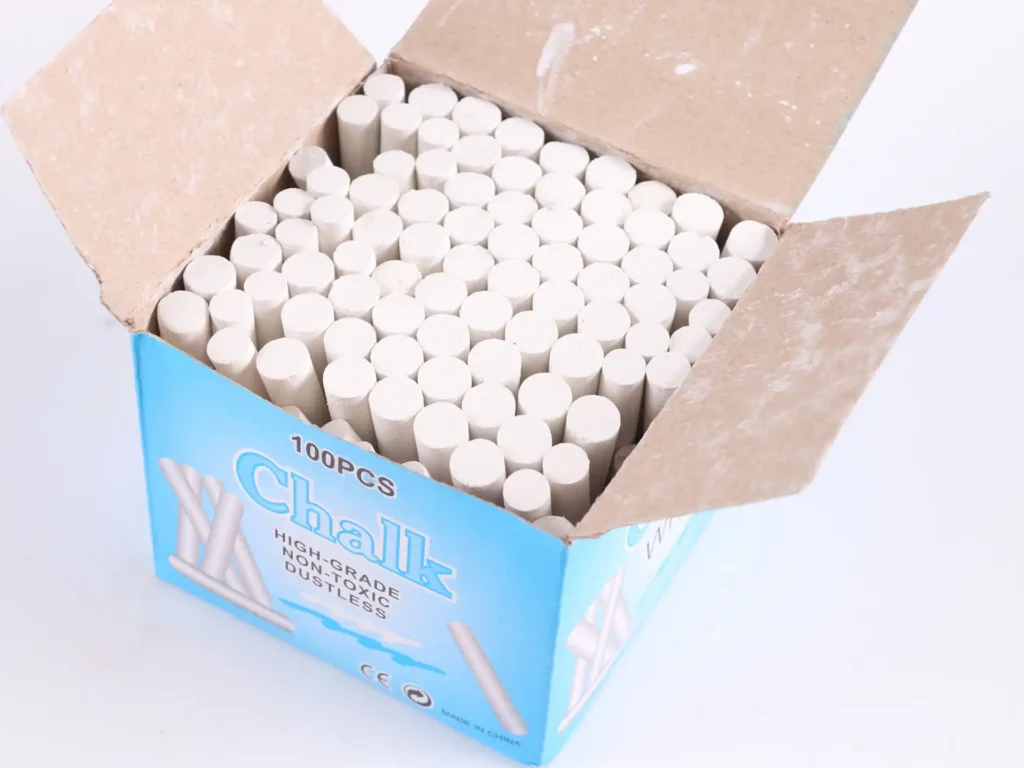Messi Biology states that in the manufacturing process of chalk, magnesium oxide is not only an important filling and shaping material but also plays a key role in binding and solidification. Its reaction with water and other components determines the structural strength, service life, and writing performance of the chalk.

1. Reaction Characteristics of Magnesium Oxide
Magnesium oxide is a basic oxide with certain hygroscopic and reactive properties. When magnesium oxide is mixed with water, it slowly hydrates to form magnesium hydroxide. Under certain conditions, such as the addition of hardening agents like magnesium sulfate, a hydration and solidification reaction can occur, forming a stable magnesium salt cement structure. This process gives the chalk good molding strength.
2. Performance in Forming and Binding
The specific role of magnesium oxide in chalk is reflected in the following aspects:
- Enhanced Formability: Fine particles of magnesium oxide can fill voids, making the mixture denser and easier to mold.
- Improved Flexural Strength: The crystalline products formed by hydration have good strength, reducing the tendency of the chalk to break easily.
- Provision of Adhesion: During the hydration reaction, MgO forms a crystalline network that can firmly bind fillers such as calcium carbonate and talc.
- Regulation of Drying and Curing Speed: Highly active light magnesium oxide can achieve initial setting in a short time, which is conducive to large-scale industrial production.
3. Matching of Raw Materials and Processes
Magnesium oxide for chalk production usually needs to have the following characteristics:
- Moderate Activity: To ensure a smooth hydration reaction without causing cracking due to an excessively fast reaction.
- Fine Particle Size: To guarantee uniform mixing and a smooth surface.
- Low Impurity Content: To avoid affecting the whiteness and bonding effect.
- Good Drying Treatment: To control free moisture and improve storage stability.
Furthermore, chalk manufacturing often adopts molding or extrusion processes. In these processes, magnesium oxide, water, calcium carbonate, and a gelling agent are mixed in proportion, pressed into shape in a mold, and then dried or cured at room temperature.
4. Synergistic Mechanism with Other Components
Magnesium oxide is often used in conjunction with raw materials such as calcium carbonate, talc, and powdered glue:
- Calcium Carbonate provides volume and whiteness, reducing costs.
- Powdered Glue/Cellulose Binders improve flexibility.
- Magnesium Oxide, through chemical reaction, forms a solidified structure, acting as the “skeletal” component.
